
BEIJING / WENCHANG (PTI): China successfully launched its first unmanned space mission on Tuesday to collect samples from the moon's surface and return to earth, the country's maiden attempt to retrieve materials from an extra-terrestrial body.
China has successfully launched the Chang'e-5 lunar probe from the Wenchang Spacecraft Launch Site in the southern province of Hainan, state-run CGTN reported. The spacecraft was launched by a Long March-5 rocket at 4.30 am (Beijing Time).
Chang'e-5 is one of the most complicated and challenging missions in China's aerospace history, as well as the world's first moon-sample mission in more than 40 years.
The United States sent astronauts to the moon to collect samples. In the Soviet Union's unmanned lunar sampling missions, the spacecraft took off from the moon and returned to Earth directly.
But China chose a complicated technological approach including unmanned rendezvous and docking in lunar orbit, which could bring back more samples and lay a technological foundation for manned lunar missions, according to Pei Zhaoyu, deputy director of the Lunar Exploration and Space Programme Centre of the China National Space Administration (CNSA), ahead of the launch.
The mission will help promote China's science and technology development and lay an important foundation for China's future manned lunar landing and deep space exploration, Pei said.
Chang'e-5, comprising an orbiter, a lander, an ascender and a returner, with a total take-off mass of 8.2 tonnes, is expected to accomplish unmanned rendezvous and docking in lunar orbit, a complicated feat.
After it enters the lunar orbit, the lander-ascender combination will separate from the orbiter-returner combination.
While the orbiter-returner orbits about 200 km above the lunar surface, the lander-ascender will touch down on the northwest region of Oceanus Procellarum, also known as the Ocean of Storms, on the near side of the moon in early December, state-run Xinhua news agency reported.
Within 48 hours, a robotic arm will be extended to scoop up rocks and regolith on the lunar surface, and a drill will bore into the ground. About 2 kg of samples are expected to be collected and sealed in a container in the spacecraft.
Then the ascender will take off, and dock with the orbiter-returner in orbit. After the samples are transferred to the returner, the ascender will separate from the orbiter-returner.
When the geometric relationship between Earth and the moon is suitable, the orbiter will carry the returner back to the planet. The returner will re-enter the atmosphere and land at the Siziwang Banner in north China's Inner Mongolia Autonomous Region.
The whole flight will last more than 20 days.
Pei said if the Chang'e-5 mission succeeds, China's current lunar exploration project would come to a successful conclusion.
Named after legendary Chinese moon goddess Chang'e, China's current three-step lunar exploration programme, which began in 2004, includes orbiting and landing on the moon along with bringing back samples.
The aim of the programme is for China to acquire the basic technologies of unmanned lunar exploration with limited investment, Pei said.
China is drawing up plans for future lunar exploration. To pave the way for manned lunar exploration and deep space exploration, the Chang'e-5 mission will use a sampling method different from those of the United States and the Soviet Union, Pei said.
"Unmanned rendezvous and docking in lunar orbit will be a historic first. It will be very difficult," said Peng Jing, deputy chief designer of the Chang'e-5 probe from the China Academy of Space Technology under the China Aerospace Science and Technology Corporation.
"We could call it a milestone mission. Its success will help us acquire the basic capabilities for future deep space exploration such as sampling and take-off from Mars, asteroids and other celestial bodies," Peng was quoted by Xinhua.
The scientific goals of the Chang'e-5 mission include the investigation of the landing area to obtain the on-site analysis data related to the lunar samples, as well as systematic and long-term laboratory analysis of the lunar samples.
The landing site of Chang'e-5 will be to the west of that of Chang'e-3, which went to the moon in 2013.
This site is chosen because the region has a young geological age, younger than the sampling areas of the United States and the Soviet Union 40 years ago. This region has never been sampled. The new samples will be of great scientific value, Chinese experts said.
"Domestic and overseas scientists will all have a chance to get the lunar samples to be brought back by Chang'e-5 for research," Pei added.
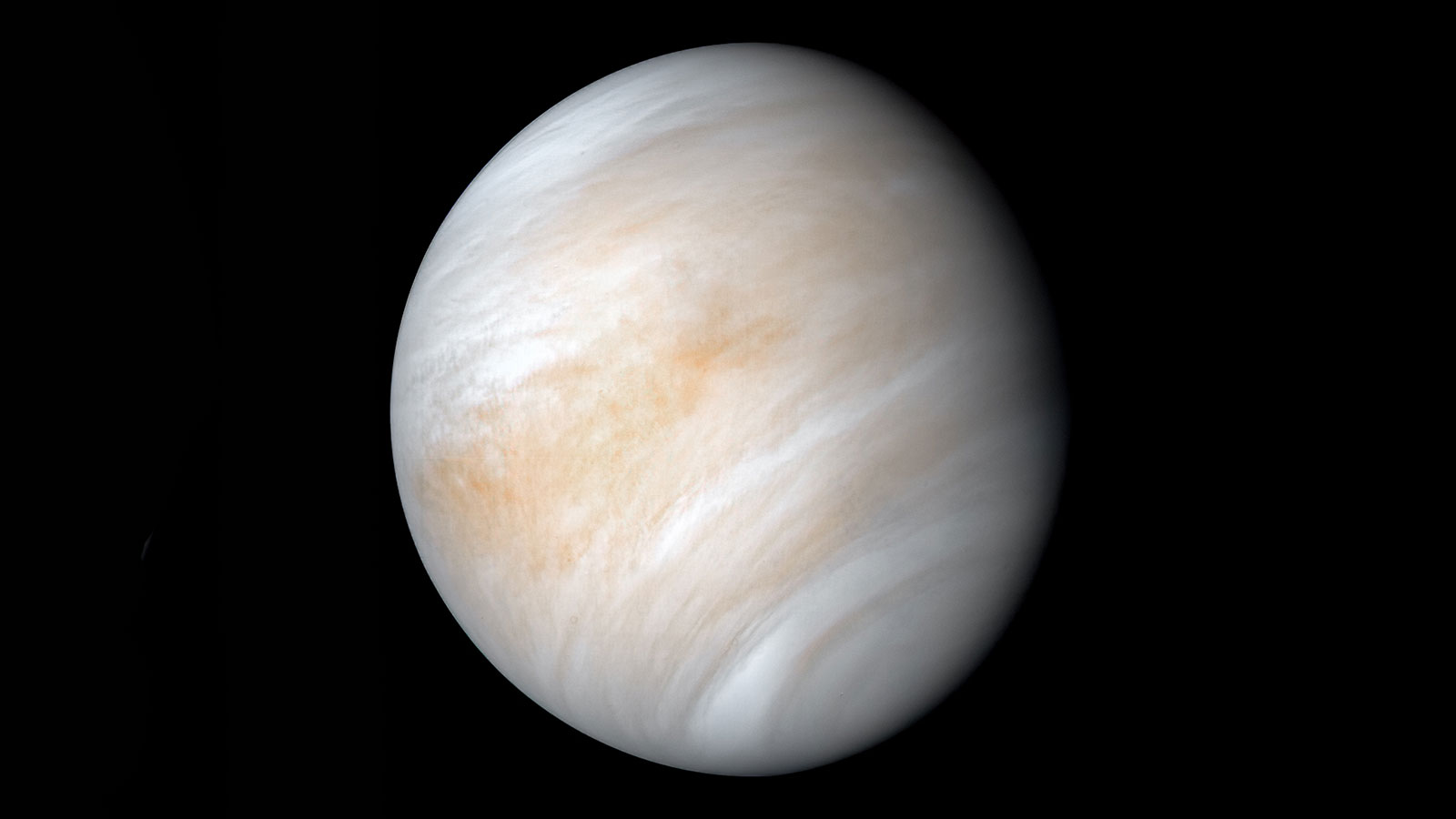 Previous Article
Previous Article
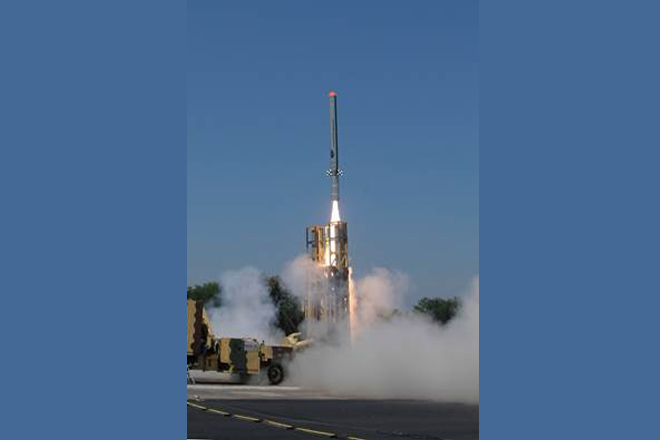
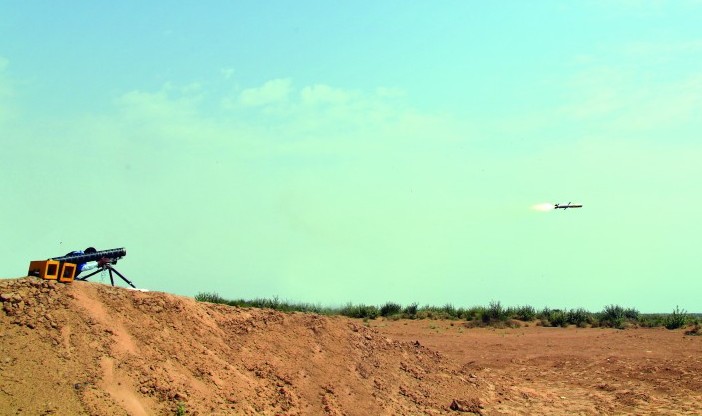
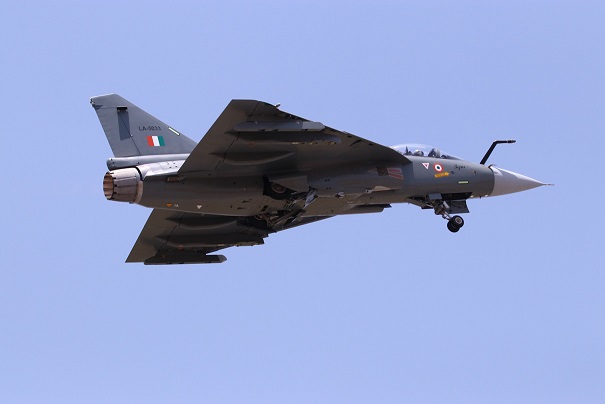
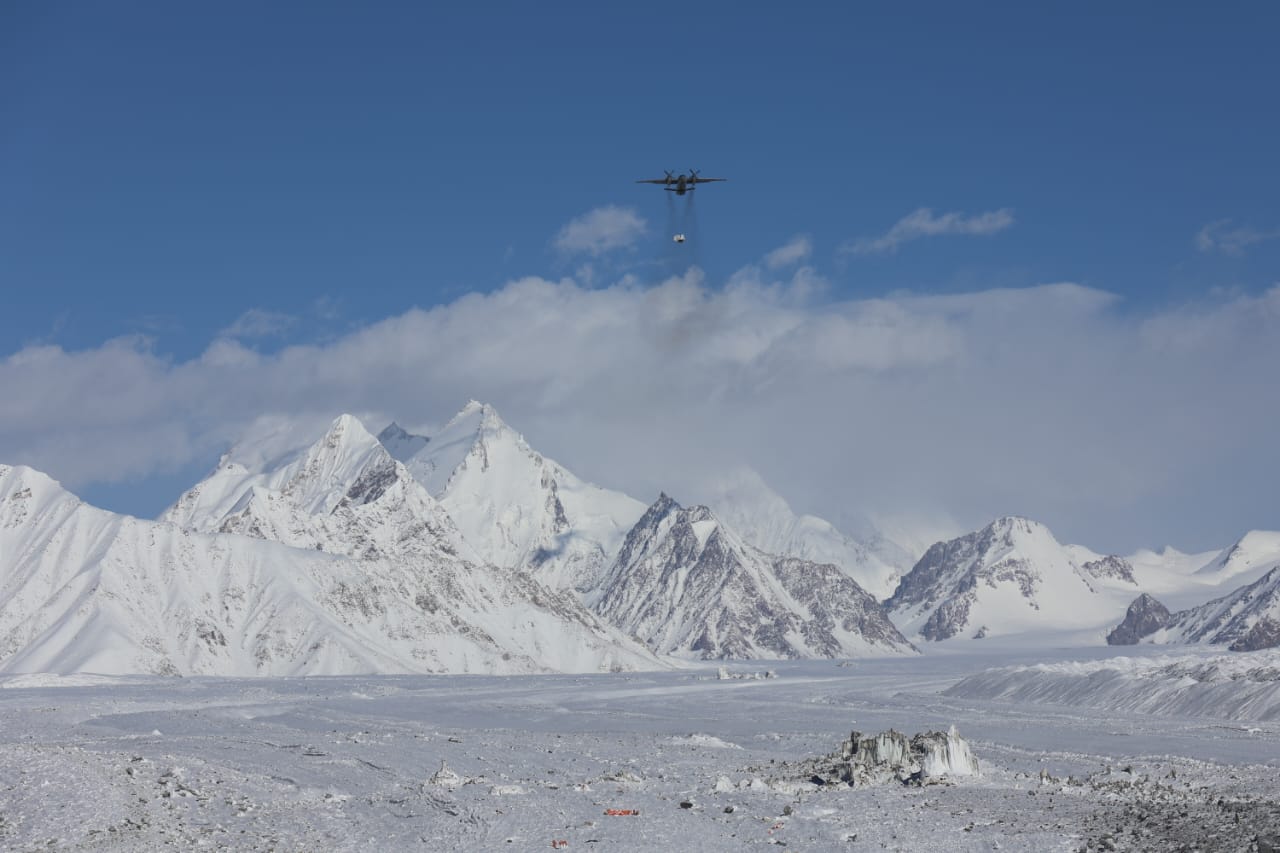
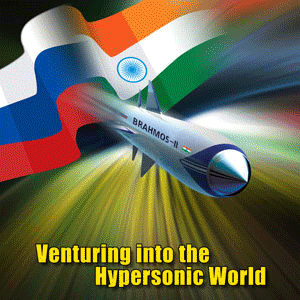








The Indian Air Force, in its flight trials evaluation report submitted before the Defence Ministry l..
view articleAn insight into the Medium Multi-Role Combat Aircraft competition...
view articleSky enthusiasts can now spot the International Space Station (ISS) commanded by Indian-American astr..
view article